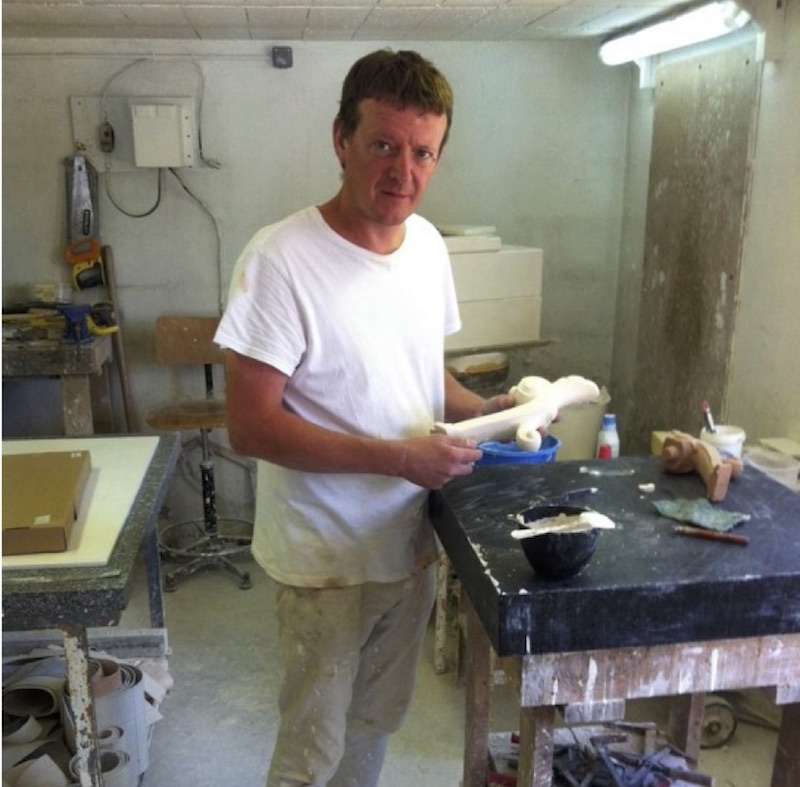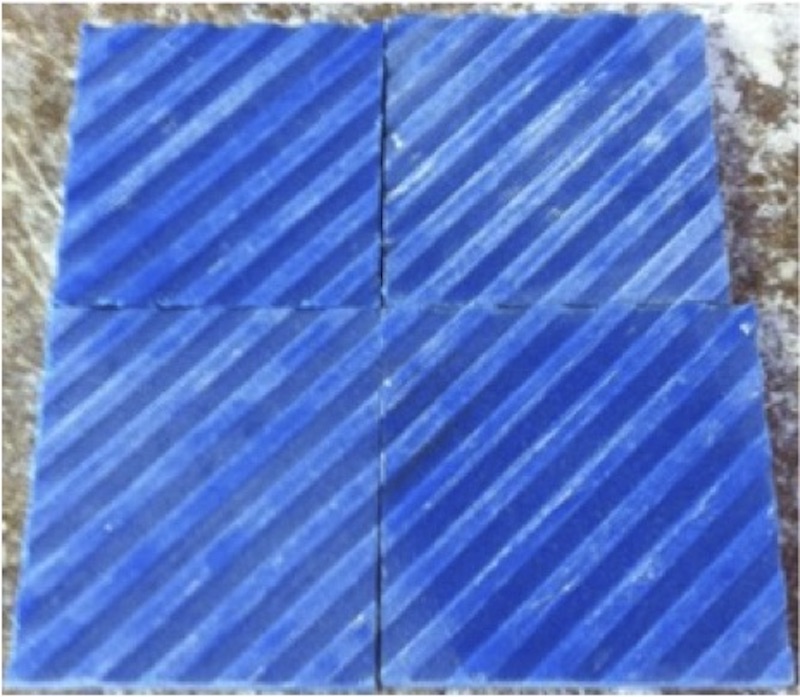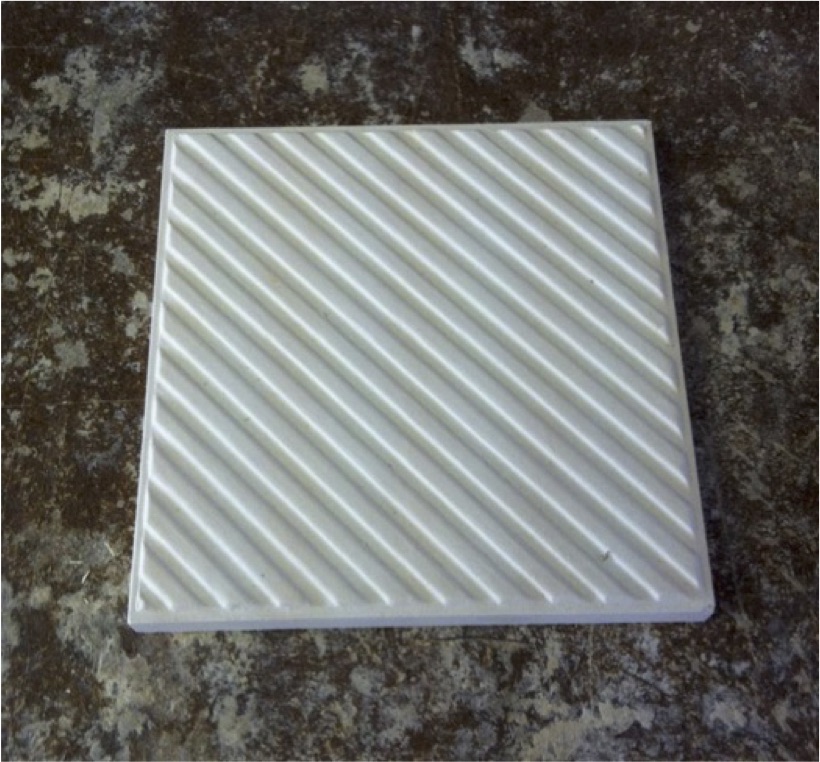
A wonderful story has been submitted to our publication describing how a traditional ceramics craftsman was able to vastly simplify his work using 3D print technology.
Nicolas Tokotuu of 3D Printing Science directed us to France-based craftsman Alain Canard, who has spent 27 years reproducing ceramic objects using very traditional techniques. Over that period of time, Canard has developed tremendous skills in ceramics that few could match.
The business of replicating ceramic objects is an interesting one. While you might find a ceramic object, would you be able to reproduce it? If you had the original mold used to make the item, it would be simple: just cast another one.

However, in many cases the original mold is no longer available or may even be destroyed. Thus enters the craft of reproducing ceramic objects. Essentially, Canard’s role is to reproduce the mold from which more items could be made.
To do so there are a series of steps to take, but recently Canard acquired a 3D printer and hand-operated 3D scanner to smooth out the workflow. Here’s how it works:
An original object is presented. In this case, it’s a small tile. One of the challenges with ceramics is that the curing process shrinks the material by around 15%, thus you must make sure the mold is of the correct size to end up with a properly sized object.
Canard uses the hand scanner to obtain a rough 3D model of the input object. The hand scanner is best for this role as he apparently sometimes is required to reproduce larger objects that might not fit within a tabletop 3D scanner.
In a 3D modeling system, Canard fixes the rough scan and scales it up 17.6% to account for ceramic shrinkage.

The 3D model is then printed in plastic to create a “draft positive mold”. This is only a rough reproduction at this stage, as it includes errors obtained during the 3D scan.
A negative mold of the 3D print is created and then plaster is used to produce a new positive mold. Essentially, this is a rough approximation of the original object in plaster.

Then Canard uses his sculpting skills to resculpt the plaster object to be as similar as possible to the original object. It’s important to remember at this point that the original objects were no doubt hand sculpted themselves, and thus they are not necessarily composed of precision shapes as you might find in a machine-generated object. Generally, a hand sculpture process is used to duplicate a hand sculpture.

Finally a proper, industrial negative mold is created from the finely-shaped positive completing the process. The final mold is used to manufacture reliable reproductions of the original piece.
Without 3D printing Canard would have had to create the entire shape in rough form by hand, which could take a considerable amount of time, depending on the size and shape of the object. The injection of 21st century technology into the 10,000 year old ceramics process is a huge contrast, but also showing how life can be easier with 3D technology.

